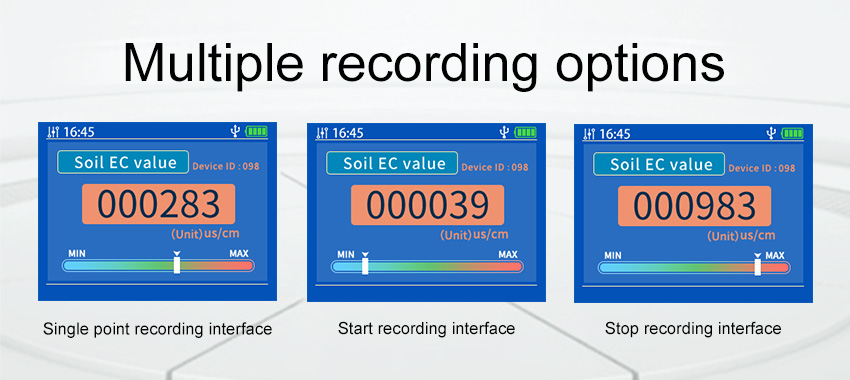Precision agriculture, also known as precision farming, has transformed the way we approach agricultural practices. This innovative approach utilizes advanced technologies to optimize crop production, reduce waste, and promote sustainable farming methods. Amongst the myriad of technological advancements in precision agriculture, soil sensors have emerged as a game-changer. By harnessing the power of soil sensors, farmers can make data-driven decisions regarding irrigation, fertilization, and pest management, resulting in improved crop yield, resource efficiency, and environmental sustainability. In this article, we will explore the revolutionary impact of soil sensors on precision agriculture and their potential for transforming the future of farming.

Accurate Soil Monitoring
One of the primary benefits of soil sensors is their ability to provide accurate monitoring of soil conditions. Traditionally, farmers relied on manual soil sampling and laboratory analysis, which can be time-consuming, labor-intensive, and may not capture temporal or spatial variations adequately. Soil sensors, on the other hand, offer real-time data collection capabilities, providing precise information about critical soil parameters such as moisture content, temperature, pH levels, and nutrient availability. This accurate monitoring enables farmers to tailor their agricultural practices to specific soil conditions, optimizing resource utilization and minimizing wastage.
Improved Irrigation Management
Efficient water management is essential for sustainable agriculture, and soil sensors play a crucial role in optimizing irrigation practices. By continuously measuring soil moisture levels, soil sensors provide farmers with valuable insights into the water needs of their crops. Armed with this information, farmers can implement precise irrigation scheduling, ensuring that plants receive water when needed, and avoiding over- or under-irrigation. Over-irrigation can lead to waterlogging, nutrient leaching, and increased energy consumption, while under-irrigation can result in crop stress and reduced yield. With the help of soil sensors, farmers can strike the optimal balance, conserving water resources and maximizing crop productivity.
Targeted Fertilization Strategies
Soil sensors empower farmers to adopt targeted fertilization strategies based on accurate soil nutrient data. Instead of applying fertilizers uniformly across the entire field, farmers can utilize soil sensors to identify nutrient deficiencies or excesses in specific areas. By doing so, they can tailor fertilizer application rates and types to address the specific needs of each section of the field. This precision in fertilization not only ensures that crops receive the optimal nutrient levels for growth but also minimizes the risk of environmental pollution caused by excess nutrient runoff. Soil sensors also help prevent the waste that occurs when fertilizers are applied to areas where they are not required, further enhancing resource efficiency.
Proactive Pest Management
Integrated pest management (IPM) is a key component of sustainable agriculture, and soil sensors enhance its effectiveness. Soil sensors can detect early warning signs of pest infestations by monitoring changes in soil conditions caused by pests or their activities. For example, certain insects may cause changes in soil moisture levels or disrupt nutrient availability. By utilizing soil sensors, farmers can identify these issues promptly and take action before significant damage occurs. This proactive approach helps reduce reliance on chemical pesticides, promoting environmentally friendly pest management practices and preserving ecosystem health.
Enhanced Data-Driven Decision Making
Soil sensors contribute to data-driven decision making in agriculture. The continuous stream of real-time soil data collected by sensors can be integrated with other sources of information, such as weather forecasts, satellite imagery, and historical data, to generate insightful analytics and predictions. Advanced analytics tools, including machine learning algorithms, enable farmers to extract meaningful patterns and insights from this wealth of data. These data-driven insights facilitate informed decision making, allowing farmers to optimize crop management practices, mitigate risks, and improve overall farm productivity.

Conclusion
Soil sensors have revolutionized precision agriculture, providing farmers with invaluable information about soil conditions in real time. By harnessing the power of soil sensors, farmers can make informed decisions about irrigation, fertilization, pest management, and resource allocation, resulting in improved crop yield, reduced environmental impact, and enhanced sustainability. As technology continues to advance, we can expect further innovations in soil sensor capabilities, such as increased integration with remote sensing technologies, improved data analytics, and enhanced wireless co
